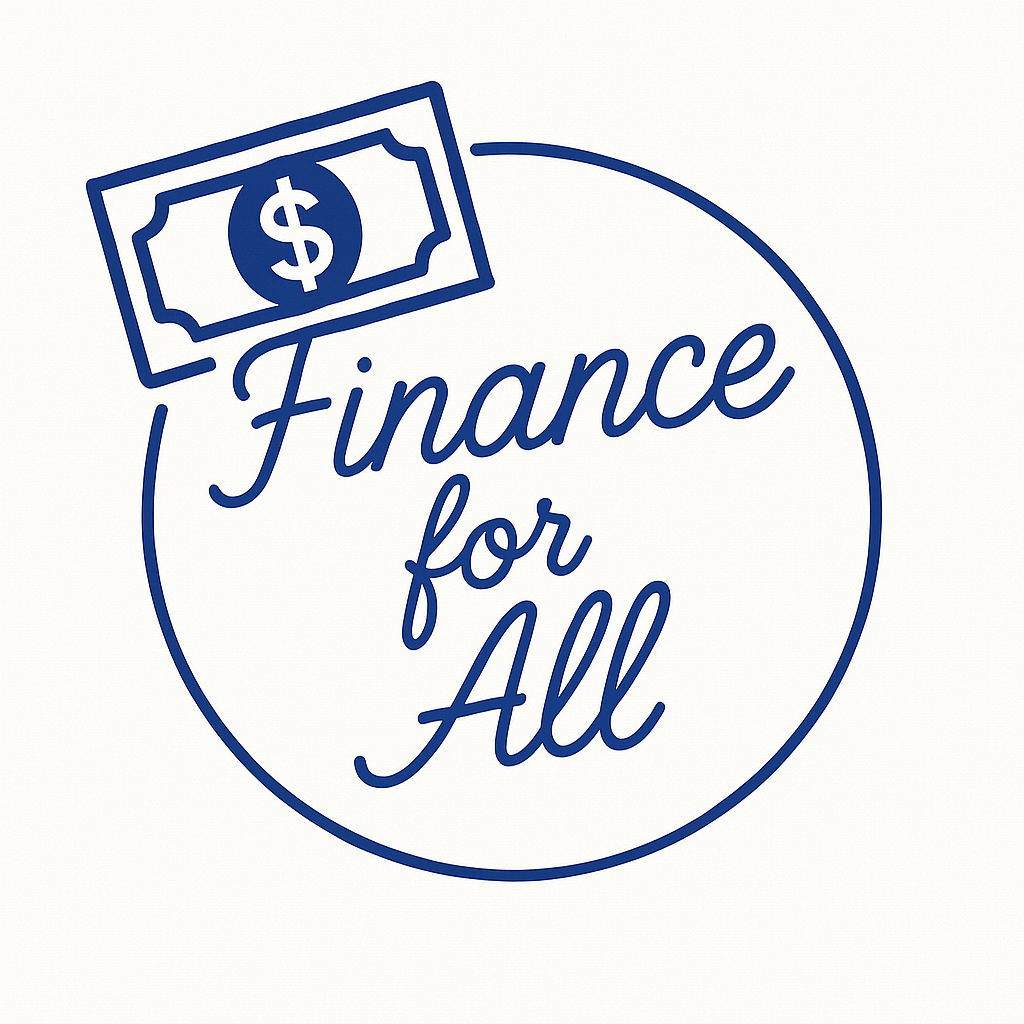Have you ever mastered a skill or topic and thought, “Others could really benefit from what I’ve learned”? Turning your knowledge and passion into an online course is one of today’s best ways to earn real, flexible income—while making a positive difference for your audience.
Here’s a practical, friendly guide to making money by selling your own course, with honest advice to get you started and keep you motivated.
Why You Should Build a Course Around Your Passion
- Authenticity sells: When you teach what excites you, your energy comes through in every lesson and video.
- Deeper expertise: Passion naturally leads to curiosity and improvement—making your course better over time.
- Sustainability: Building and marketing a course is real work! When you’re personally invested, you’re more likely to see it through and create something you’re truly proud of.
Before you start, ask yourself: “What do people come to me for advice about?” or “What do I love explaining, even for free?” That’s the perfect seed for your course idea!
Step-by-Step: How to Create a Profitable Online Course
1. Choose Your Course Topic
- Make it something you’re genuinely enthusiastic about.
- Consider your unique skills, certifications, hobbies, or life experiences.
- Validate your idea by checking if people are searching for it (use Google Trends, forums, or social media questions).
2. Structure Your Course
- Break your topic into modules or sections (outline the journey for your students).
- Use a mix of short video lessons, worksheets, quizzes, and extra resources for more engagement.
- Start simple—your first version doesn’t have to be perfect!
3. Film and Produce Your Lessons
- Use your phone or webcam (no need for pro gear starting out).
- Good audio is more important than video—grab an affordable microphone.
- Record in a quiet space with natural light if possible.
- Be yourself: Don’t aim for “TV presenter” perfection. Students value clarity and genuine teaching over flashy edits.
4. Package and Price Your Course
- Add downloadable resources: checklists, templates, or bonus materials.
- Set a fair price—consider your audience and competitors, but don’t undervalue your expertise. Many courses do well in the $29–$249 price range, depending on length and depth.
5. Choose Where to Sell Your Course
Here are the best platforms for getting your course in front of paying students:
| Platform | Best For | Notable Perks |
|---|---|---|
| Udemy | Beginners & wide audiences | Handles marketing, huge user base |
| Teachable | Personal branding, control | Build your own website, flexible pricing |
| Thinkific | Customization, multiple course types | White-labeling, community features |
| Skillshare | Creative/skills-based topics | Revenue from student watch time, good discovery |
| Podia | All-in-one sales (courses + products) | Sell webinars, downloads, and memberships |
| Your own site | Full ownership, higher profit margins | No platform fees, complete brand control |
Tips:
- If you want instant exposure and less marketing legwork, start with Udemy or Skillshare.
- If you want to build a business with more profit and long-term value, consider Teachable, Thinkific, or selling from your website (with platforms like Podia).
6. Promote Your Course
- Social media: Share sneak peeks, tips, and testimonials on Instagram, Pinterest, Facebook, or LinkedIn (pick platforms where your audience hangs out).
- Blog/email: Start a simple blog with useful posts related to your topic; build an email list to nurture future buyers.
- Collaborations: Connect with others in your niche for guest posts, podcasts, or webinars.
- Pinterest: Create eye-catching pins for your course content (traffic from Pinterest can be especially effective for evergreen topics).
7. Engage and Iterate
- Collect feedback from your first students and update your course to add value (students love seeing new material!).
- Continue learning and connecting with your community—your passion will bring them back for more.

Final Thoughts: Your Knowledge is Valuable
Anyone can create a course—it doesn’t require fancy tech, a huge following, or expert video skills. What matters is sharing what you know, with honesty and enthusiasm, to help others reach their goals.
Pick a topic you’re genuinely interested in, deliver value, and choose the platform that suits your style and ambitions. Whether you’re looking for a side hustle or dream of full-time flexibility, selling online courses can empower you to turn your passion and experience into real, lasting income.

Thank you for reading!

